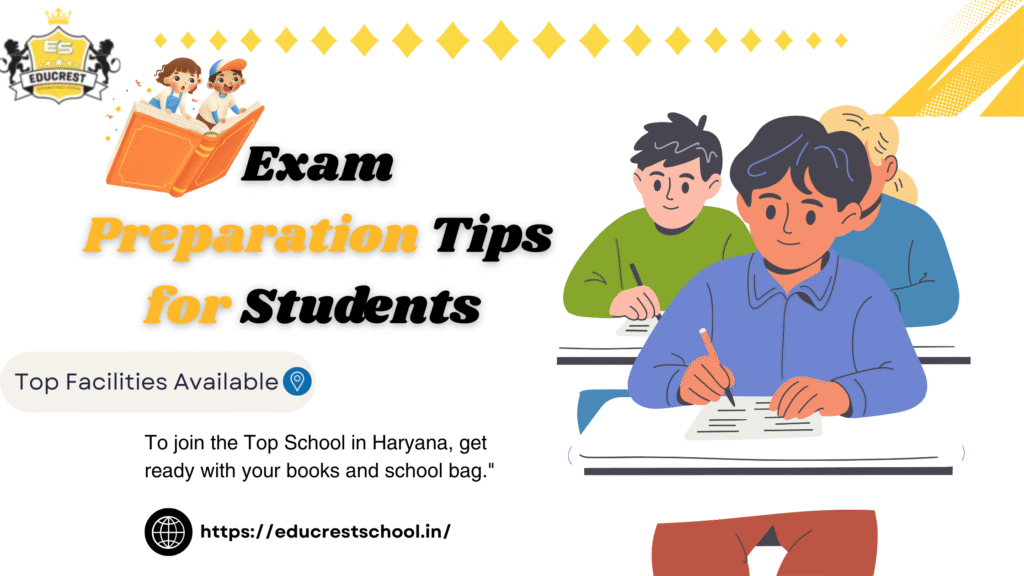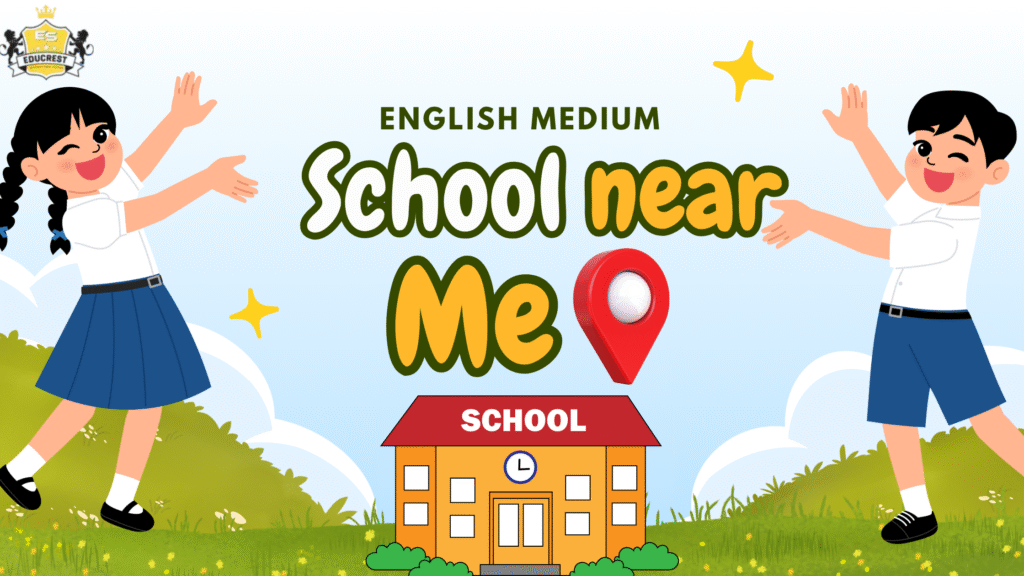In today’s digital world, children spend more time indoors than ever before — often glued to screens. But research consistently shows that outdoor activities play a powerful role in boosting learning, improving focus, and nurturing creativity. Whether it’s a nature walk, a sports game, or a science experiment in the schoolyard, outdoor learning offers benefits that go far beyond the classroom.
In this post, we’ll explore the key benefits of outdoor activities for students, along with practical tips for parents and teachers to incorporate more outdoor time into learning.
1. Improves Focus and Engagement
Outdoor environments naturally spark curiosity. Studies have found that students who spend time learning outside show better concentration and engagement when they return to class. The change of scenery reduces mental fatigue and helps children stay alert — which is especially helpful for subjects that require problem-solving and critical thinking.
Tip: Incorporate short outdoor breaks between lessons to refresh students’ minds and improve retention.
2. Enhances Memory and Understanding
Hands-on, experiential learning sticks longer in a child’s memory than passive classroom lectures. When students interact with real-world examples — such as measuring tree heights in math class or observing insects for science — they gain a deeper, more meaningful understanding of the subject matter.
Tip: Turn science or geography lessons into outdoor projects. Simple experiments like soil testing or plant observation can make abstract concepts come alive.
3. Boosts Physical Health and Well-Being
Outdoor activities promote movement, which is crucial for children’s physical development. Regular exposure to fresh air, sunshine, and physical exercise helps:
-
Strengthen immunity
-
Improve mood through natural endorphin release
-
Reduce stress and anxiety
Healthy, active students are better prepared to learn and perform academically.
4. Builds Social and Teamwork Skills
Group activities outside encourage collaboration, communication, and leadership. Whether it’s a team sport, a scavenger hunt, or a community clean-up project, students learn how to work together toward common goals — valuable life skills that support their future success.
5. Inspires Creativity and Problem-Solving
Nature is a powerful creativity booster. Open spaces encourage children to use their imagination, invent games, and find solutions to challenges. Teachers often notice that students return from outdoor play more relaxed, inspired, and ready to tackle complex tasks.
Practical Ideas to Get Started
Here are a few simple ways schools and parents can bring more outdoor learning into students’ lives:
-
Outdoor Reading Time: Let students enjoy books under a tree or in a quiet corner of the playground.
-
Nature Journals: Encourage kids to document what they see, hear, and feel outside.
-
School Gardens: Plant flowers, herbs, or vegetables to teach biology and responsibility.
-
Outdoor Field Trips: Museums, farms, or parks can be turned into living classrooms.
Key Takeaway
Outdoor activities aren’t just fun — they’re an essential tool for boosting academic performance, creativity, and emotional well-being. By blending outdoor experiences with traditional classroom lessons, we can give students a richer, more balanced education.
So next time you plan a lesson or a weekend activity, think beyond the four walls. Step outside, explore, and let learning grow naturally.
 +91-8851368009
+91-8851368009












